1. The Rotary Phone Dial Tone
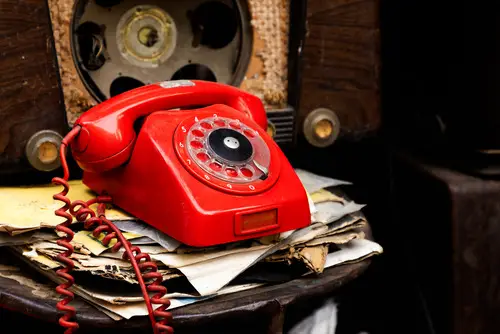
Remember the satisfying whir and click of a rotary phone dial, each number a deliberate, mechanical action? That distinct sound, followed by the faint hum of the dial tone, was the universal signal that you were connected to the network, ready to reach out to someone. It was a rhythmic, almost meditative process that taught us a certain patience in communication, unlike today’s instant gratification shares Southern Living.
Now, most homes don’t even have landlines, and those that do are typically push-button. The rhythmic whir is gone, replaced by immediate digital tones or silent connections. We’ve gained speed, but perhaps lost a little of that deliberate connection, that anticipation built into the act of making a call, as the very sound of readiness slowly fades from our collective auditory memory adds Time Magazine.
2. The Dial-Up Modem Squeal
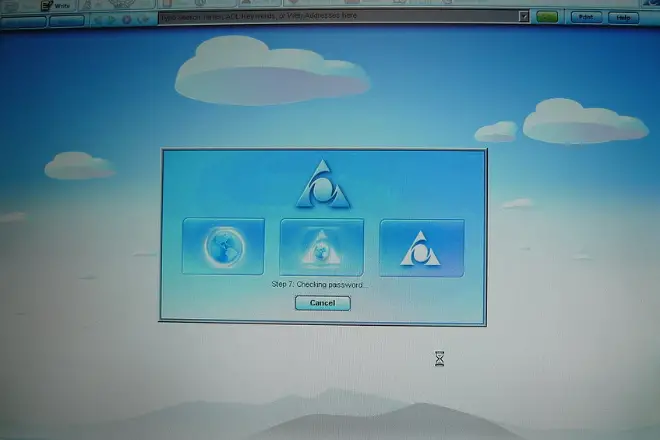
For a generation, the shrill, cacophonous symphony of a dial-up modem connecting to the internet was the gateway to the digital world. That combination of shrieks, chirps, and static was the sound of possibility, of email, chat rooms, and early websites slowly loading pixel by pixel. It was a sound that sparked both anticipation and a mild headache, a necessary evil for online exploration says Upworthy.
Today, broadband and fiber optic connections are silent, instantaneous, and ever-present. The modem’s song has been replaced by quiet clicks or no sound at all. While we wouldn’t trade the speed, we’ve lost that unique auditory overture to the internet, that moment of transition from offline to online that was so distinct and, in retrospect, oddly endearing adds Vogue.
3. The Click-Clack of a Typewriter
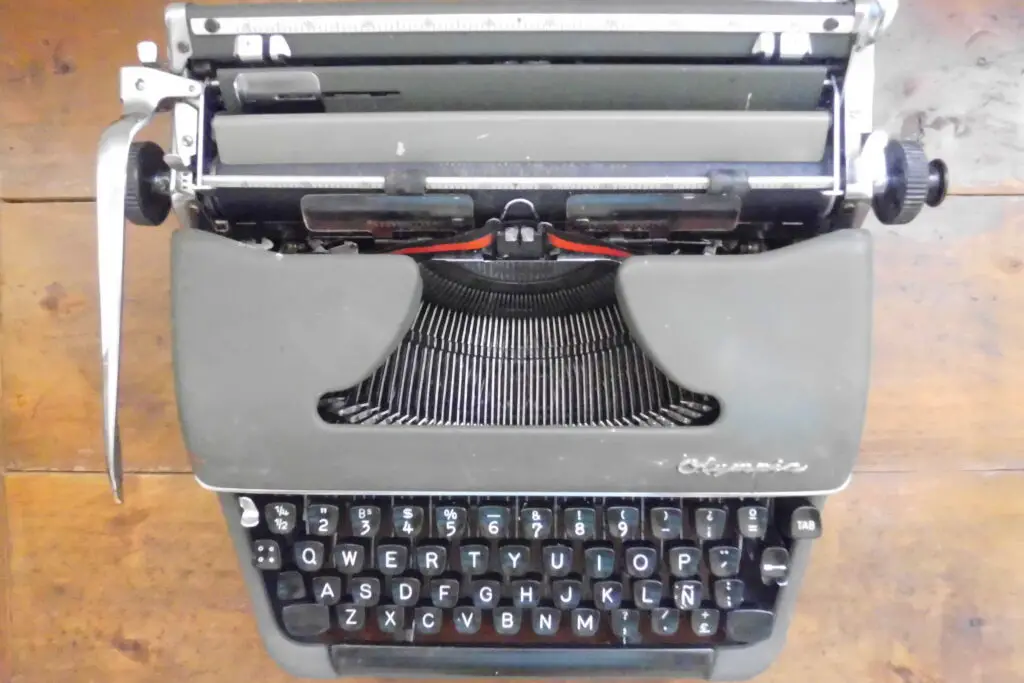
Before glowing screens and silent keyboards, the rhythmic click-clack of a typewriter filled offices and homes, a tangible testament to words being put to paper. Each keystroke had weight and consequence, a satisfying mechanical thud as ink met page. The bell at the end of a line, signaling a carriage return, was a small victory in the writing process.
Now, our keyboards are whisper-quiet, the act of writing often a silent dance on a screen. While digital convenience is undeniable, we’ve lost the tactile and auditory feedback of the typewriter, that physical connection to the words we’re creating. The distinctive symphony of a busy typing pool is now largely confined to museums or the occasional retro cafe.
4. The Distinct Ring of a Public Payphone

The sharp, insistent ring of a public payphone was once a common urban soundtrack, a clear signal that someone was trying to reach you in a less connected world. It was a lifeline for travelers, a rendezvous point, or a desperate plea for help. That metallic, slightly distant chime carried a sense of urgency and public access.
Payphones are now a rare sight, and their rings even rarer. Most people carry mobile phones, rendering the public booth largely obsolete. We’ve gained immense personal connectivity, but lost that shared, public sound of communication, that collective awareness of a call being made in the urban landscape. The sound of a ringing payphone is becoming a phantom echo.
5. The Rustle and Crinkle of Newspaper Pages
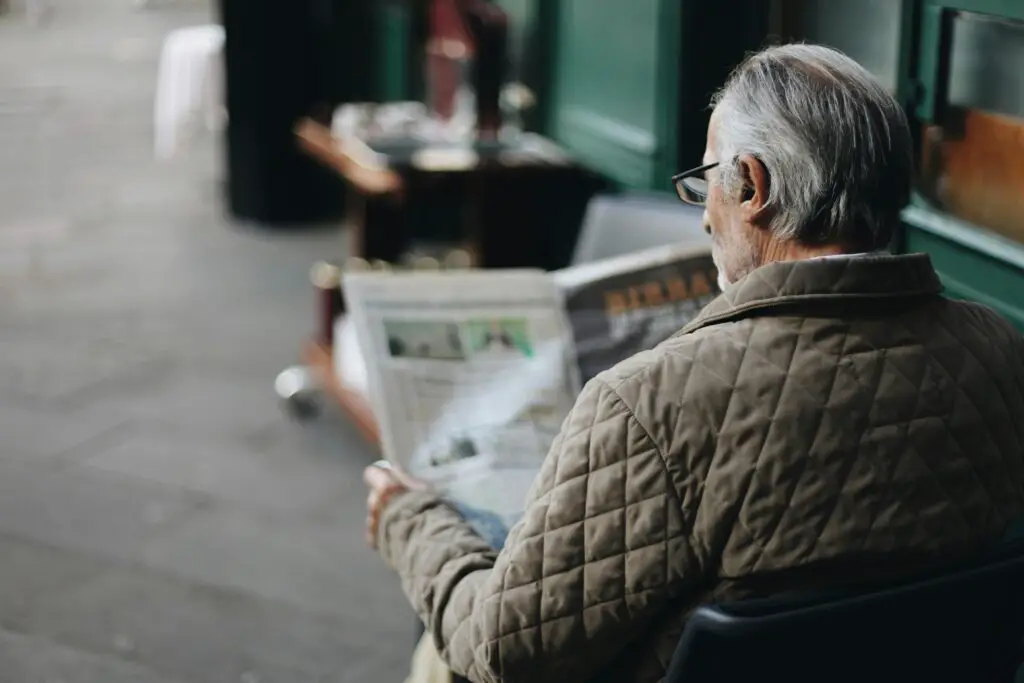
There’s a unique, almost comforting sound to unfolding a fresh newspaper, the crisp rustle of its broadsheets and the gentle crinkle as you turn a page. It’s the sound of information being absorbed, of a morning routine, of a tangible connection to the day’s events. The sound was as much a part of the experience as the smell of the ink.
With news increasingly consumed digitally, that familiar rustle is becoming less common. We scroll silently on screens, the tactile experience of paper replaced by glowing pixels. We still get our news, but the sensory ritual of unfolding, scanning, and turning those large pages, accompanied by their distinct sound, is slowly fading into memory.
6. The Shutter Click of a Film Camera
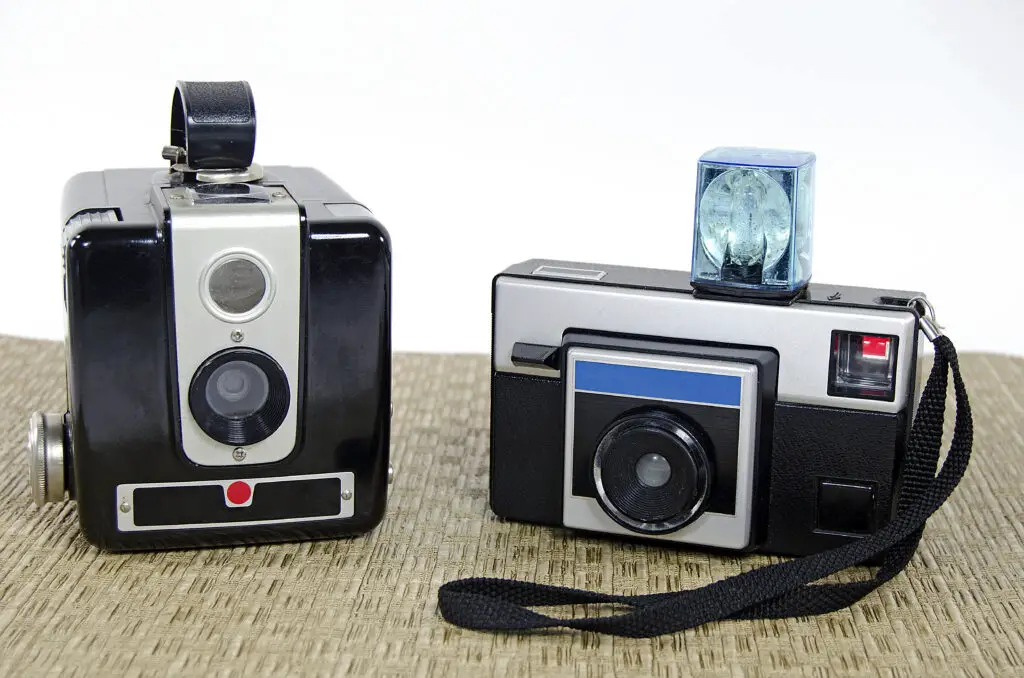
The satisfying, mechanical “clack” of a film camera’s shutter, followed by the whir of the film advancing, was the definitive sound of capturing a moment. It was a precise, tangible indication that an image had been recorded, creating a sense of permanence and anticipation for the developing process. Each click felt significant, because every shot counted.
Digital cameras and smartphones have largely replaced this intricate mechanism with a quiet electronic “click” or a simulated sound effect. While we can now take countless photos without worry, we’ve lost the genuine, mechanical sound of the shutter, that definitive, physical affirmation of a memory being preserved. The authentic “clack” is becoming a sound of the past.
7. The Whirr and Clunk of a Washing Machine Agitator
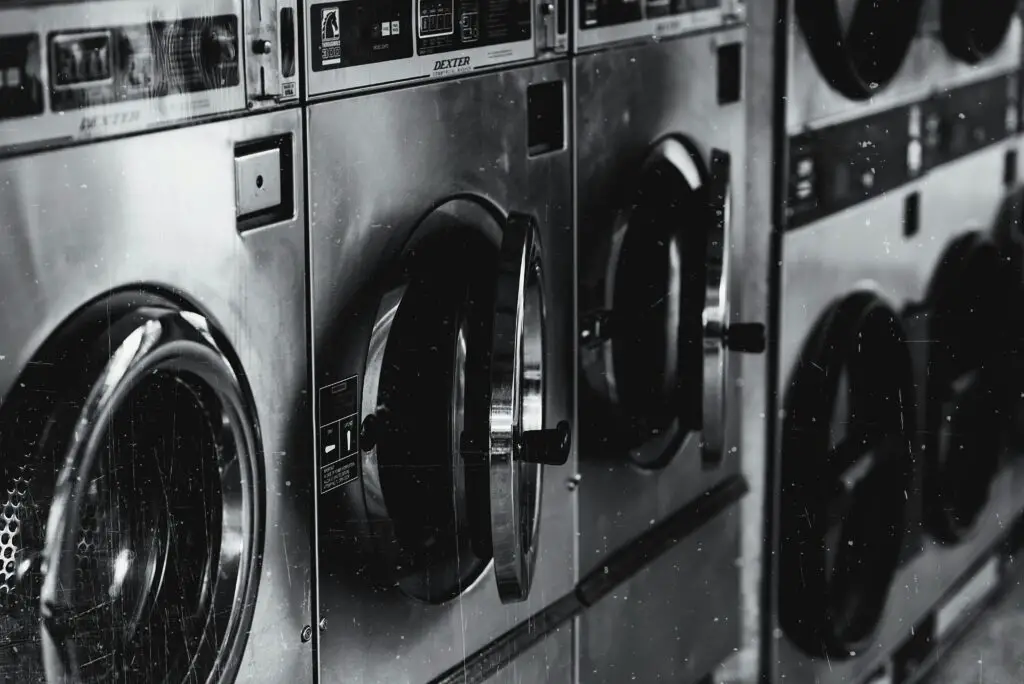
Before front-loading machines became popular, the distinct whirr and powerful clunk of a top-loading washing machine’s agitator was the unmistakable sound of laundry day. It was a hardworking, slightly noisy symphony of gears and water, assuring you that your clothes were getting thoroughly clean. That deep, repetitive rhythm was a domestic constant in many homes.
Modern, high-efficiency washers, especially front-loaders, are significantly quieter, often operating with barely a whisper or a gentle hum. While the reduced noise is welcome, that classic, vigorous sound of clothes being churned and cleaned is becoming less familiar. We’ve gained quiet efficiency, but perhaps lost a bit of the robust auditory reassurance that the laundry was truly being tackled.
8. The Clink and Fizz of a Glass Milk Bottle Delivery

Imagine the subtle clinking of glass milk bottles on a porch, followed by the soft hiss of carbonation from a freshly opened, ice-cold soda in a reusable bottle. These were the sounds of fresh provisions arriving, of a sustainable, localized economy, and a time before plastic became king. It was a quaint, almost nostalgic symphony of daily deliveries.
Today, most milk comes in cardboard cartons or plastic jugs, and soda in cans or plastic bottles, eliminating those particular glass-on-glass sounds. We’ve traded durability and reusability for convenience and disposability. The gentle clink and fizz of a bygone era’s delivery service are now sounds that rarely grace our mornings, a quiet testament to changing consumer habits.
9. The Chirp of Crickets on a Summer Night (Uninterrupted)

The ubiquitous, rhythmic chirping of crickets on a warm summer night was once a natural and constant nocturnal lullaby in many areas. It was a calming, natural soundscape, a reminder of the quiet hum of the natural world undisturbed by human noise. That steady background chorus was a quintessential part of evening ambiance.
However, increasing light pollution, urban sprawl, and habitat loss are diminishing these natural soundscapes. The pervasive hum of traffic, distant sirens, and artificial light sources often drown out or displace the crickets. While they still exist, the widespread, uninterrupted chorus that once defined summer nights is slowly fading, replaced by a louder, more human-centric nocturnal soundtrack.
10. The Whoosh and Click of an Overhead Projector
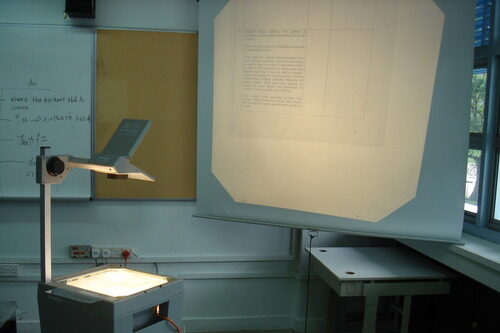
In classrooms and meeting rooms of a certain age, the distinct whoosh of an overhead projector’s fan, followed by the click of a transparency being placed, was the unmistakable sound of learning or presentation about to begin. The hum of its light, casting a square of brilliance, was a constant backdrop to lectures and demonstrations.
Now, smartboards, digital projectors, and interactive displays have rendered the overhead projector largely obsolete. The sound of its fan and the placement of those acetate sheets are rarely heard. We’ve moved onto brighter, more dynamic digital visuals, but lost the unique auditory and tactile experience of that glowing, analogue teaching aid.
11. The Distinct Ring of a School Bell (Manual)
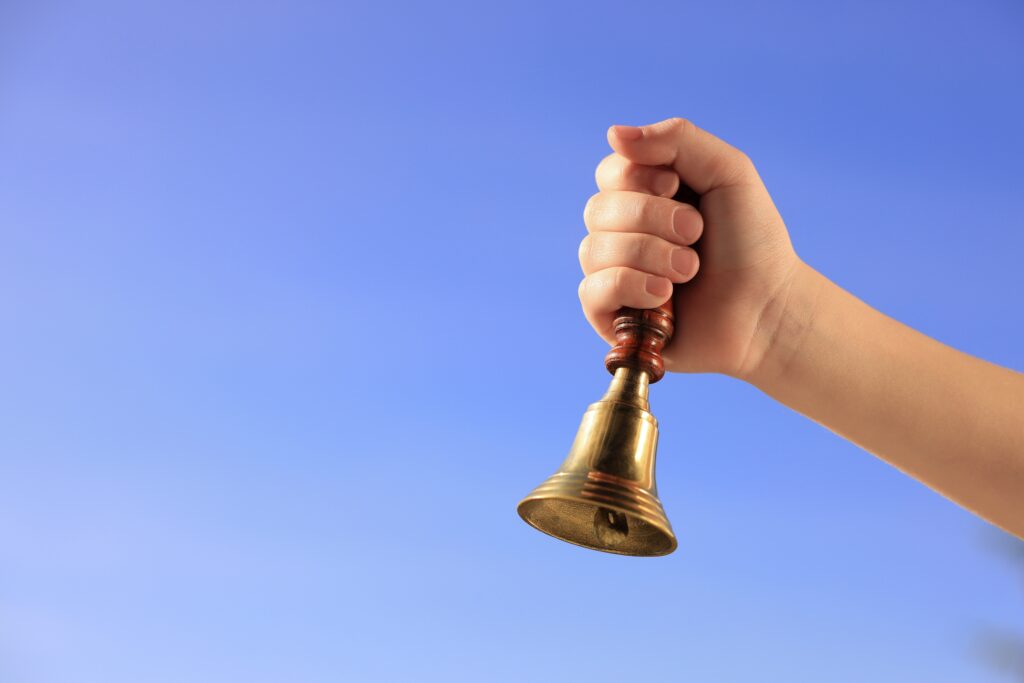
Before digital scheduling and intercom systems, the loud, resonant clang or sharp, insistent ring of a manual school bell dictated the rhythm of the academic day. It was the universal signal for class changes, recess, and dismissal, a sound that elicited immediate reactions from students and teachers alike. That specific tone was deeply ingrained in the school experience.
Modern schools often use electronic chimes, gentle melodies, or silent digital displays to mark transitions. While less disruptive, the old-fashioned, powerful ring of a physical bell is becoming a nostalgic echo. We’ve gained quieter hallways, but lost the iconic, almost commanding sound that once punctuate the flow of an educational day.
12. The Shuffle and Deal of Playing Cards (Without Plastic Coating)
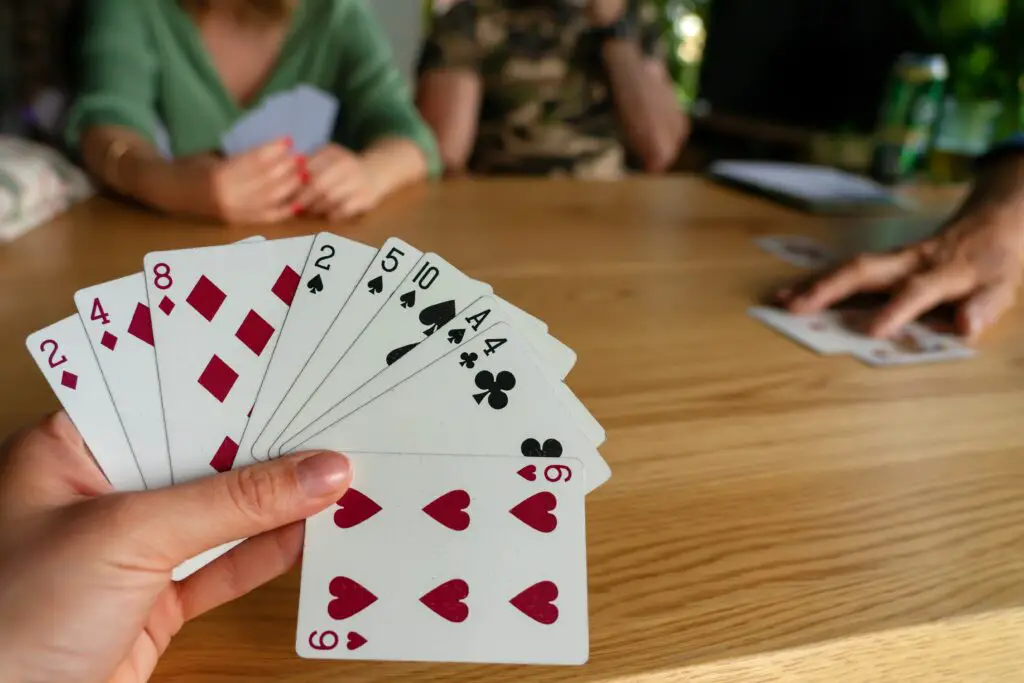
Before the widespread use of plastic-coated cards, the authentic shuffle and deal of playing cards had a distinct, slightly softer sound – a gentle, almost papery rustle and a satisfying “thwack” as they were dealt. It was the sound of anticipation, of games about to begin, and of genuine, natural materials interacting. The feel was different too, less slippery.
Today, most playing cards have a slick plastic coating that changes their sound; they slide and click with a sharper, more artificial quality. While this makes them more durable, we’ve lost the subtly rich, natural sounds of pure paper or linen-finished cards being handled. The authentic auditory signature of a traditional card game is quietly fading, replaced by a more synthetic whisper.
